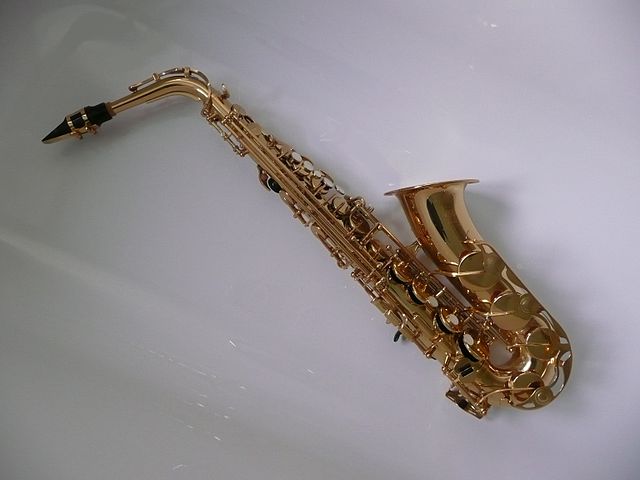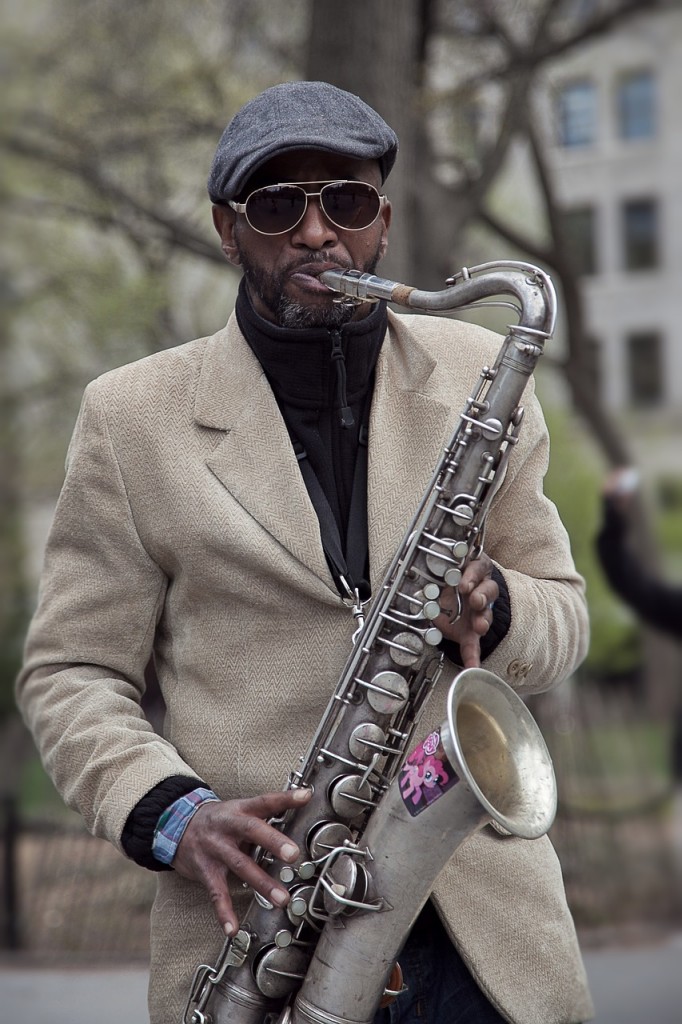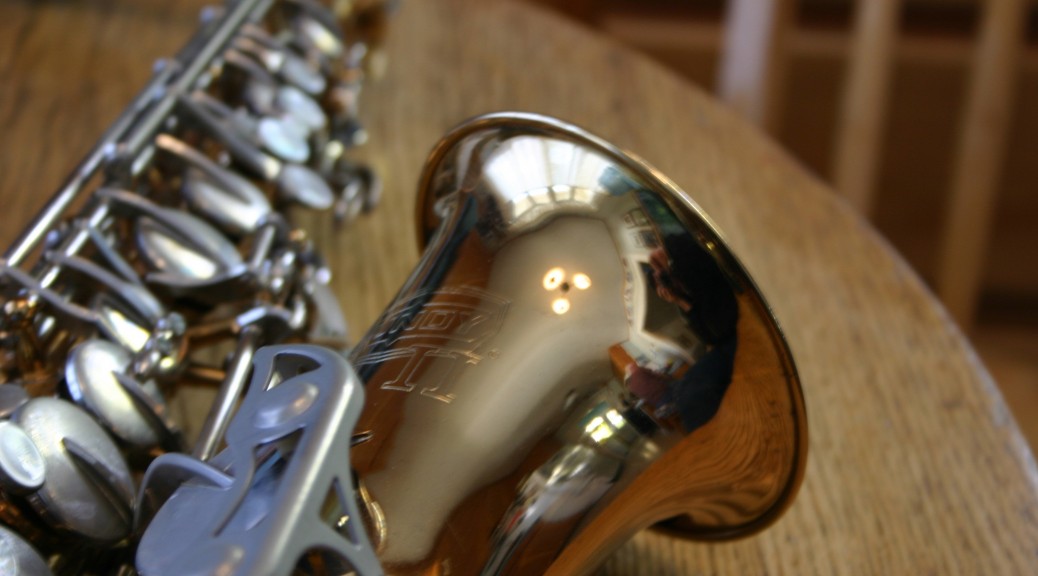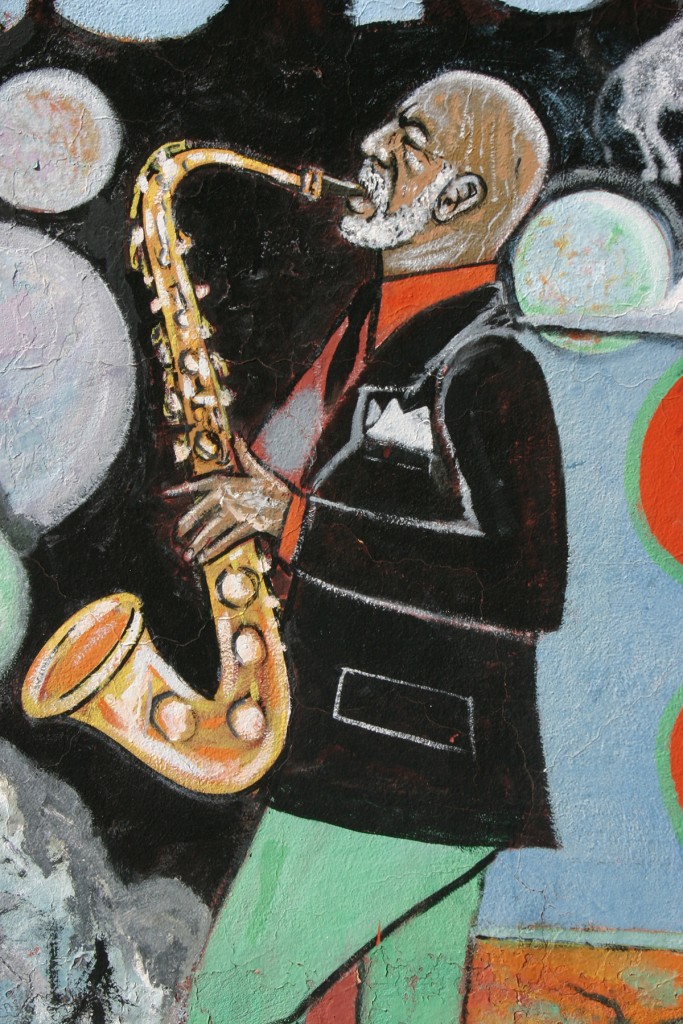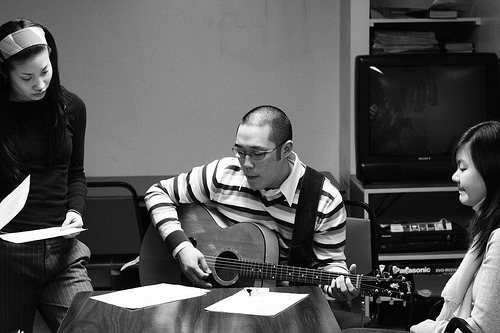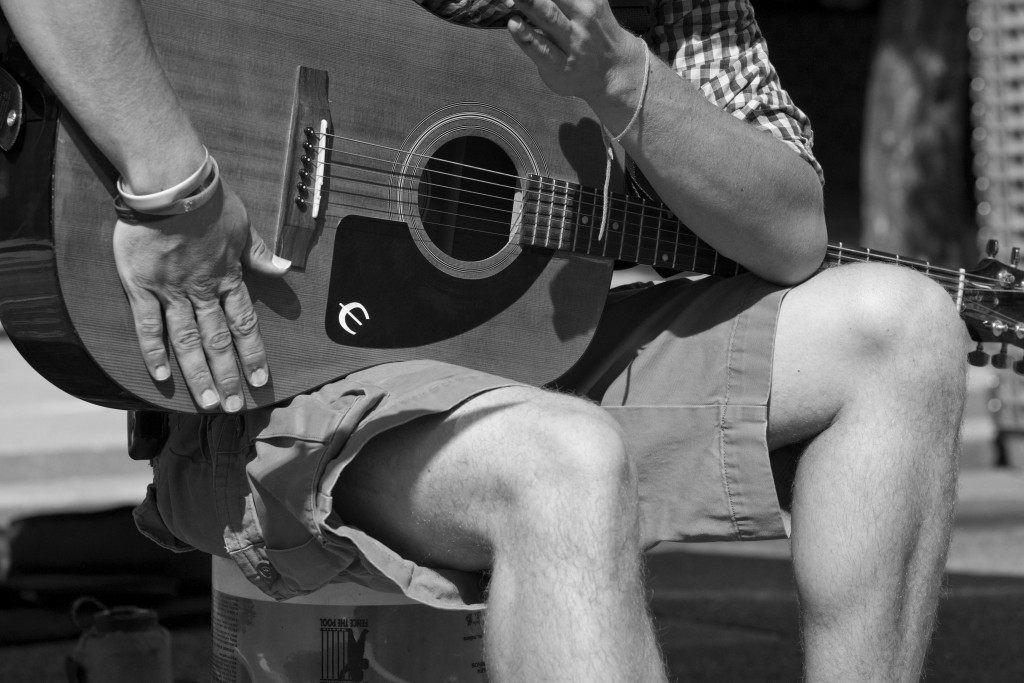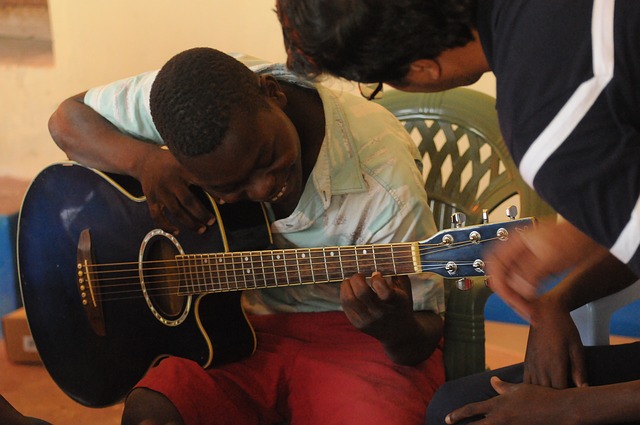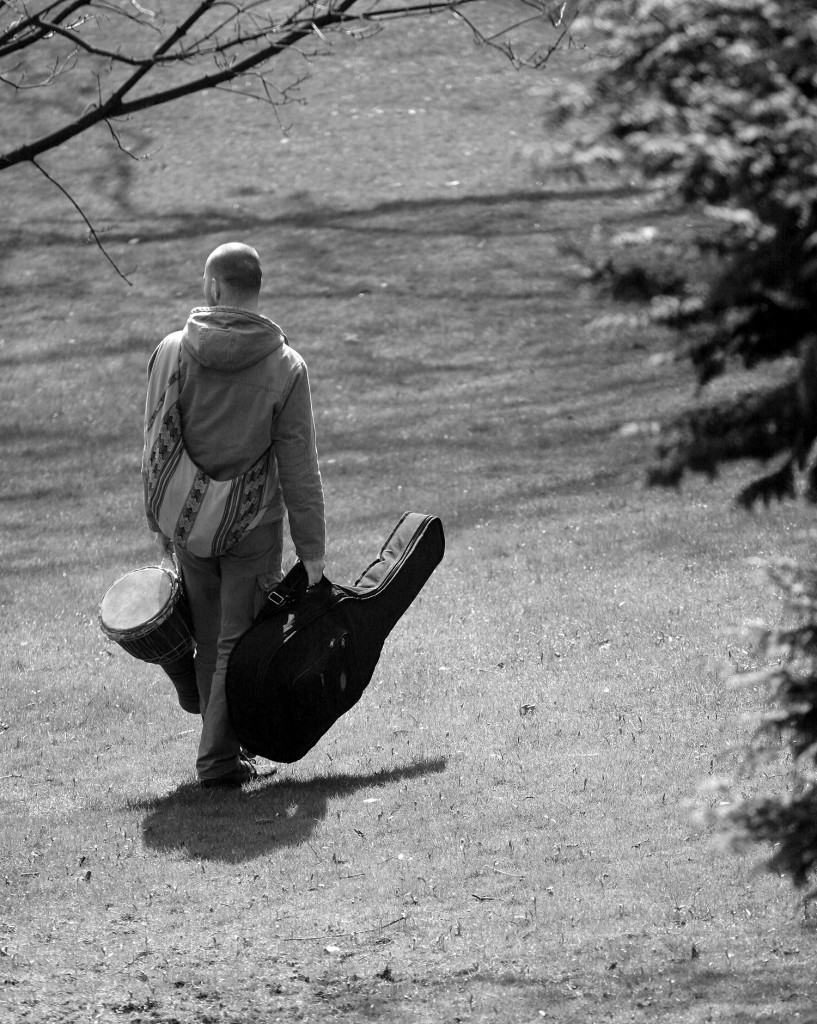The altissimo range is something many saxophonists keep tinkering with even after years of playing. It’s among the biggest frustration points of any new sax player and the reason many feel like giving up.
But before you pack your saxophone permanently to its box, try the following tips. While mastering the altissimo range will never be easy, it is possible and you will figure it out if you remain committed!
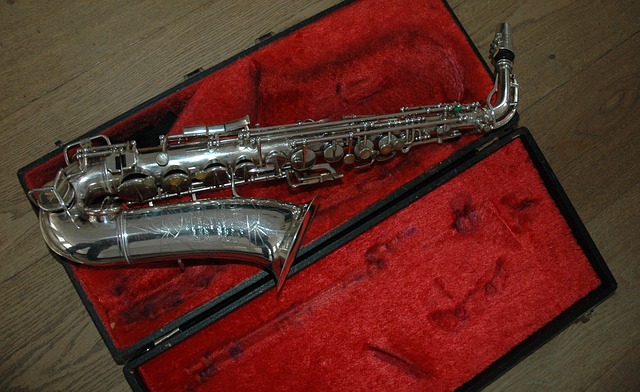
Lay a Solid Foundation
Don’t venture into the world of the altissimo range before you are able to play the entire range with proper volume control. You want to play the entire range both very softly and very loud.
Make sure you also include proper ear training to your playing. You need to be able to hear the different notes and the variations. Listen to sax music regularly to improve your skills.
Get Started with Overtones
You then want to move on to overtones. Start from the easier once such as the low Bb and the middle Bb and move on to middle F, high Bb, D and F. Keep practicing until you feel comfortable.
You might need to focus on your embouchure while you play, so make sure you try different things to see what makes it easier to hit the right notes. Altissimo range requires great control of the embouchure, so pay attention to it.
Experiment with Fingerings
There is no ultimate truth to fingerings for altissimo notes. It is possible to play them with very different fingerings and you want to try out different options in order to find the one that works the best.
You can find different fingering charts online. If the first one doesn’t feel comfortable, move onto the next one – pick the one that feels the most natural to you.
One Note at a Time
Don’t try to master the whole altissimo range at once. It’s much easier to take it step by step and focus on a single note at a time.
Most often, the quest starts with the high G. But wait? Isn’t the F# the first altissimo note? Yes, but it’s not as difficult to get and most modern saxophones have a special F# key already in place.
Incorporate the note to your other sax practices. Make sure you play solos with the altissimo note included, practice your chromatic scale by going all the way up to the altissimo note and so on. Once you nail the high G, you can move on to the other altissimo notes.
Check Your Gear
Finally, like with many sax tones, hitting the altissimo range properly can depend on your gear and setup. Make sure your saxophone is not leaking from anywhere. There are plenty of tips online on how to do this. For example, check out the video below:
Pay a lot of attention to your posture, your airstream and keep practicing the notes until you master them!


